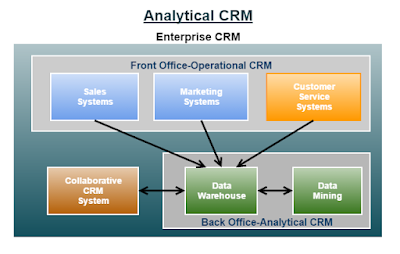- Insourcing (in-house development) - a common approach using the professional expertise within an organization to develop and maintain the organization's information technology systems.
- Outsourcing - an arrangement by which one organization provides a service or services for another organization that chooses not to perform them in-house.
- Reasons companies outsource
- Onshore outsourcing - engaging another company within the same country for services.
- Nearshore outsourcing - contracting an outsourcing arrangement with a company in a nearby country.
- Offshore outsourcing - using organizations from developing countries to write code and develop systems.
- Big selling point for offshore outsourcing "inexpensive good work''.
- Factors driving outsourcing growth include :
1. Core competencies
- Many companies have recently begun to consider outsourcing as a means to fuel revenue growth rather than just a cost-cutting measure.
2. Financial savings
- It is typically cheaper to hire workers in China and India than similar workers in the United States.
3. Rapid growth
- An organization is able to acquire best-practices process expertise. This facilitates the design, building, training and deployment of business processes or functions.
4. Industry changes
- High levels of reorganization across industries have increased demand for outsourcing to better focus on core competencies.
5. The Internet
- The pervasive nature of the Internet as an effective sales channel has allowed clients to become more comfortable with outsourcing.
6. Globalization
- As markets open worldwide, competition heats up. Companies may engage outsourcing service providers to deliver international services.
- According to PricewaterhouseCoopers "Businesses that outsource are growing faster, larger and more profitable than those that do not''.
- Most organizations outsource their noncore business functions, such as payroll and IT.
OUTSOURCING BENEFITS
Outsourcing benefits include :
- Increased quality and efficiency.
- Reduced operating expenses.
- Outsourcing non-core processes.
- Reduced exposure to risk.
- Economies of scale, expertise and best practices.
- Access to advanced technologies.
- Increased flexibility.
- Avoid costly outlay of capital funds.
- Reduced headcount and associated overhead expense.
- Reduced time to market for products or services.
OUTSOURCING CHALLENGES
Outsourcing challenges include :
- Contract length
1. Difficulties in getting out of a contract.
2. Problems in foreseeing future needs.
3. Problems in reforming an internal IT department after the contract is finished.
- Competitive edge
- Effective and innovative use of IT can be lost when using an outsourcing service provider.
- Confidentiality
- Confidential information might be breached by an outsourcing service provider, especially one that provides services to competitors.
- Scope definition
- Scope creep is a common problem with outsourcing agreements.





















































